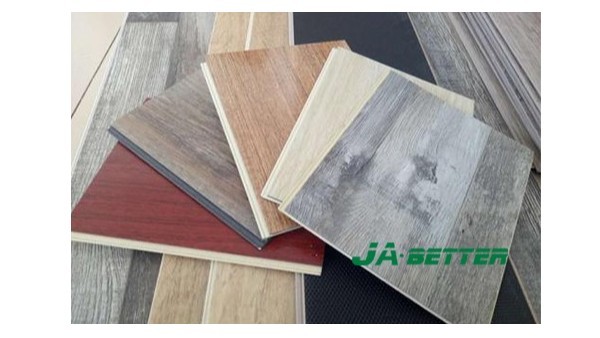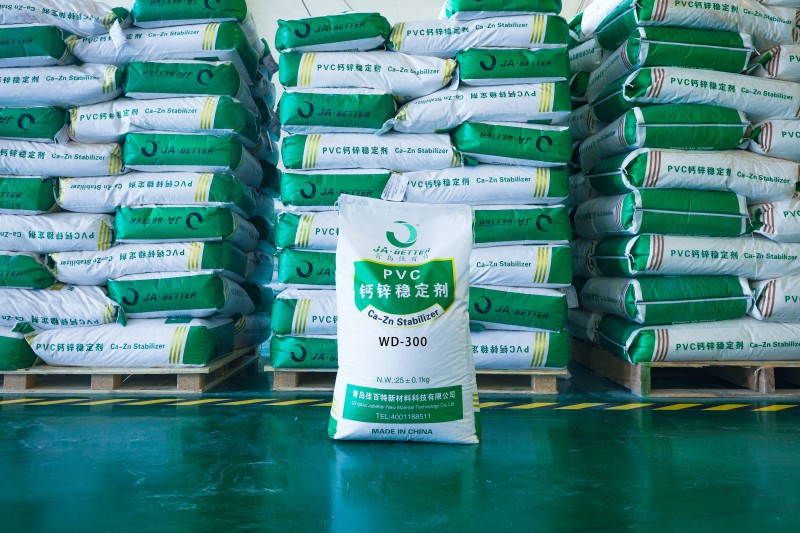Welcome to Qingdao Jabetter New Material Technology Co., Ltd. Official Website!
1. Enhancing the Thermal Stabilization System
Appropriately increase stabilizer dosage
Due to the high calcium carbonate filler content in SPC formulations (typically ≥60%), which absorbs significant amounts of stabilizer
Recommended to increase stabilizer by 0.3-0.5 parts compared to conventional formulas
Make dynamic adjustments based on seasonal variations
2. Optimizing the Lubrication System
Improve internal lubrication:
Add 0.1-0.3 parts of internal lubricants (e.g., stearic acid or montan wax)
Reduce intermolecular friction and melt viscosity
Minimize heat generation from shear forces
Balance external lubrication:
Ensure adequate polyethylene wax (PE Wax) or oxidized polyethylene wax (OPE Wax)
Prevent melt adhesion to screw and mold surfaces
Avoid material retention and decomposition
3. Optimizing Processing Parameters
Adjust temperature profile:
Appropriately reduce temperatures along the barrel, especially in melting and die sections
Ensure proper plasticization while reducing thermal stress
Equipment maintenance:
Thoroughly clean screw and mold before production
Remove any degraded material residues
Prevent initiation of new degradation cycles
4. Implement Composite Stabilization System
Use high-performance calcium-zinc composite stabilizers
Leverage synergistic effects of multiple components (e.g., calcium stearate, zinc stearate, and co-stabilizers)
Avoid reliance on single-component stabilizers
In summary, addressing "material burn" in SPC wall panels requires treating the stabilizer as a dynamic protection system. Through the combined approach of "dosage increase - composite formulation - lubrication optimization - process improvement," a robust thermal defense system can be established to achieve stable and efficient continuous production. Regular equipment maintenance and dynamic formula adjustments based on environmental conditions are crucial for maintaining consistent production quality.


☁Web:http://www.jbtpvc.com/
☎WhatsApp:008618963029813
✉E-mail: info@Jabetter.com
#PVC_stabilizer #PVC_foaming_agent#PVC_processing_aid#WPC_additive#PVC_lubricant#Chemicals#Chemical_auxiliary_agent#PVC#PVC_additives
#PVC_stabilizer #PVC_foaming_agent#PVC_processing_aid#WPC_additive#PVC_lubricant#Chemicals#Chemical_auxiliary_agent#PVC#PVC_additives

